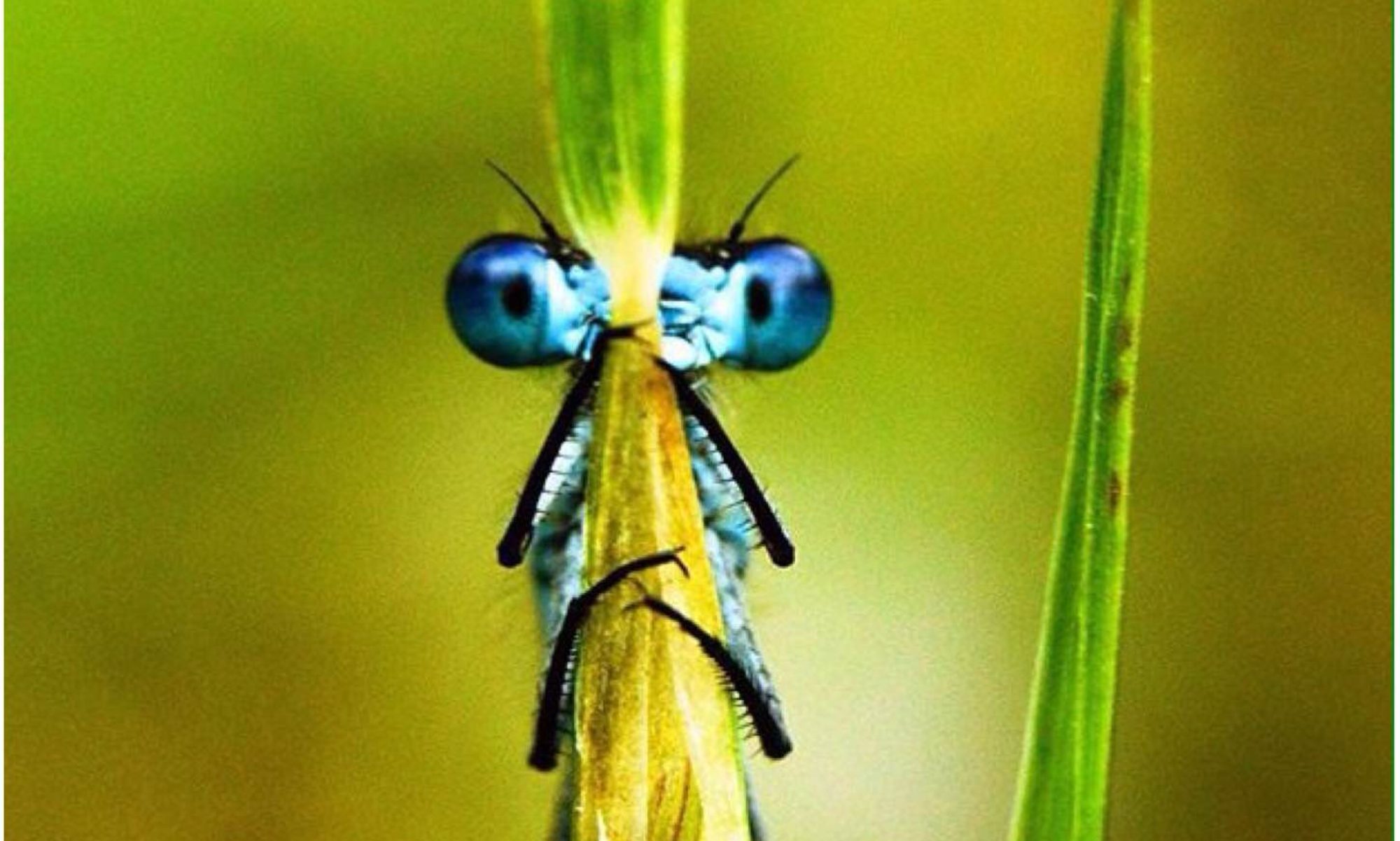‘for some reason the name Bob comes up time and again’
While helping with a Gold DofE Expedition this July in the Brecon Beacons in South Wales I got photographing as much of the plant life I could that was in flower.
I find that many people who walk these high hills (including many adventure leaders) pay scant regard to what is down by their feet but if you look closely enough you will see a riot of colour.
I have used two good reference guides for this article – these are:
1) The Wildflowers of Britain and Ireland – Charles Coates
2) The First Nature Guide to Wonderful Wildflowers of Wales – Volumes 1 to 4 – Pat O’Reilly and Sue Parker
All of the pictures were taken inside the Brecon Beacons National Park mostly on the hillsides.
On the left below is Bog Asphodel a beautiful yellow flower that is now in decline. Historically farmers associated this plant with ailments to sheep such as brittle bones or foot rot. It was not the plant that caused the problems but the poor soil the sheep lived on. As farming practices change so does the soil and so the plant is now in decline.
At the top right you see Tormentil and this little plant is always ovelooked but once you become aware of it you see it all over the hills. This is an astringent little plant that was used to treat gum disease and colic. Another common name is bloodroot for the red dye it produces.
At the bottom right you can see Perforate St John’s Wort. I normally spot this plant low down slopes but I found this one in a gully quite high up where it had found some shelter. Herbalists use this plant to treat depression to this day however due to its perforated leaves (hold one up to the sun to see them) it was previously thought to be good for treating wounds and stopping bleeding.
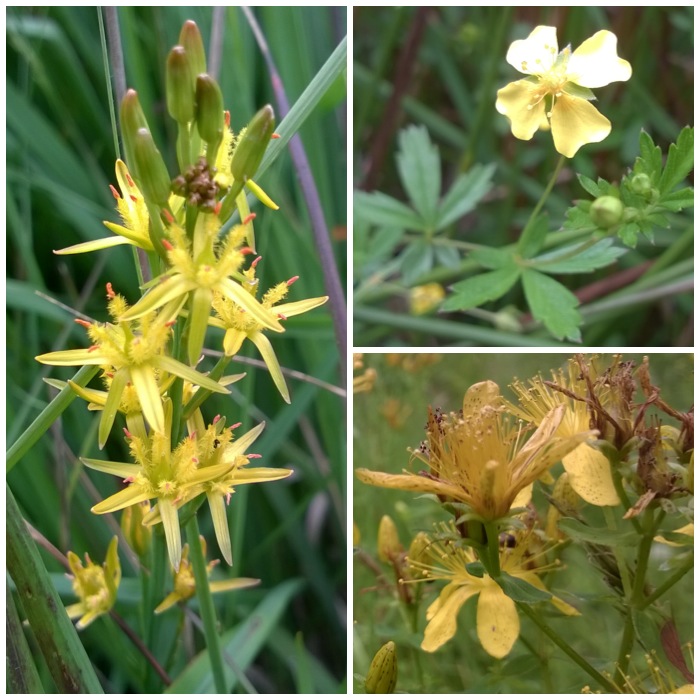
I found Water Forget-Me-Not in a number of locations, sometimes on its own and sometimes in whole carpets but always around water in sheltered spots. Apart from being given to loved ones in the past so they would not feel forgotten this little plant was seen as cleanser of mucus so thought good for treating whooping cough and bronchitis.
A little point on naming plants is that when I am out and about especially with my younger students I do not always tell them the names of the plants. I get them to agree a random name for different plants and say out these names as they go along every time they spot one – for some reason the name Bob comes up time and again (must be a Blackadder thing). Once we are back at camp I then get them to ID Bob for its given name. This seems to make the plant names stick with them more. I got this idea many years ago from a fellow bushcrafter.
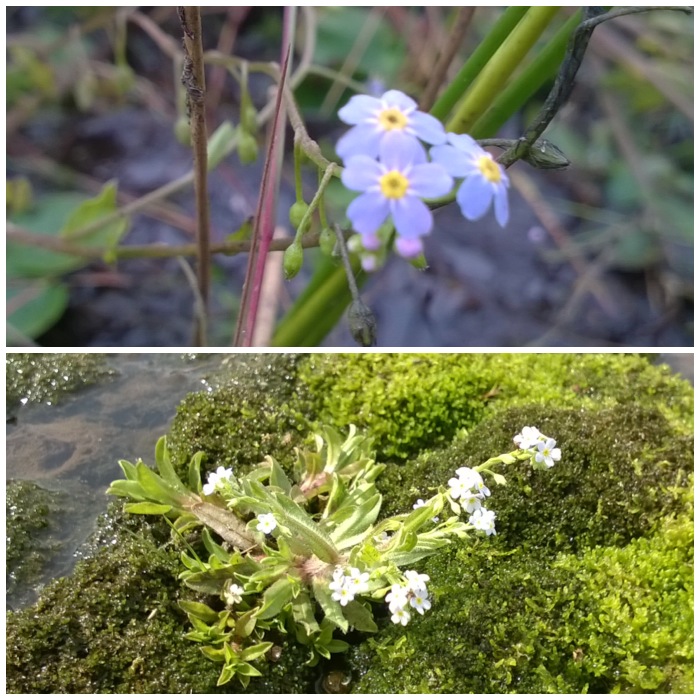
Another couple of plants of wet areas are the Sundew (top) and the Butterwort (below). Both plants exude sticky fluids to catch insects and have been used to treat rough skin to make it smoother (Butterwort) and also to treat sunburn (Sundew).
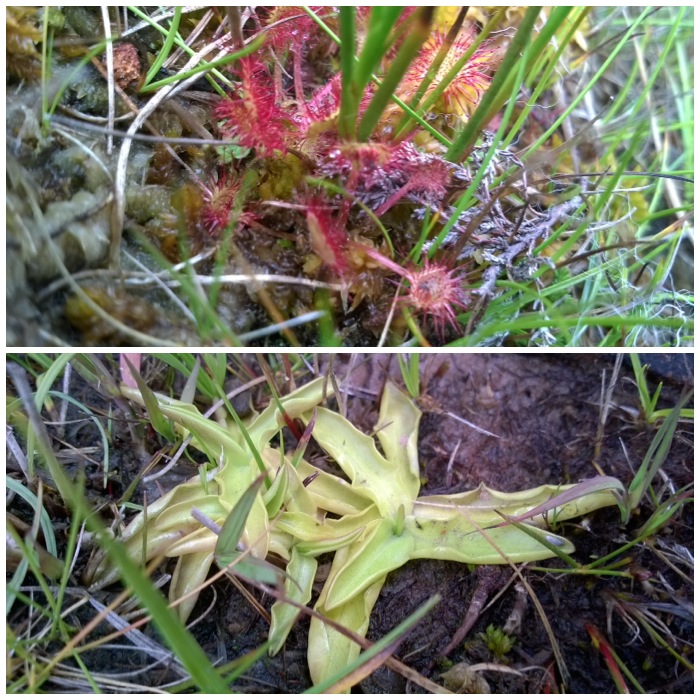
I came across a bank made up of shaped stones to support a small railway and saw that it was completely covered in Wild Strawberries. I have never seen so many Wild Strawberries in one place. The bank was facing the South West over open water so that must have had quite an influence on its growth.
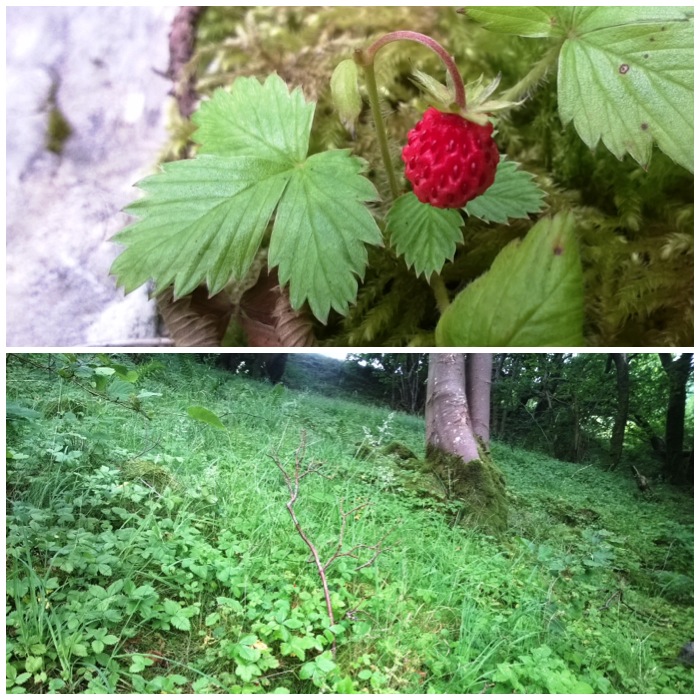
Back out on the moorland the land was dominated by the Soft Rushes. As recently as the second world war the soft piths of these plants were used as candles.
I found the Water Mint in a tiny stream in amongst the Rushes. I did not identify it easily at first as it was not in flower but its smell and square stem gave it away. A great medicinal plant and I like it in my tea.
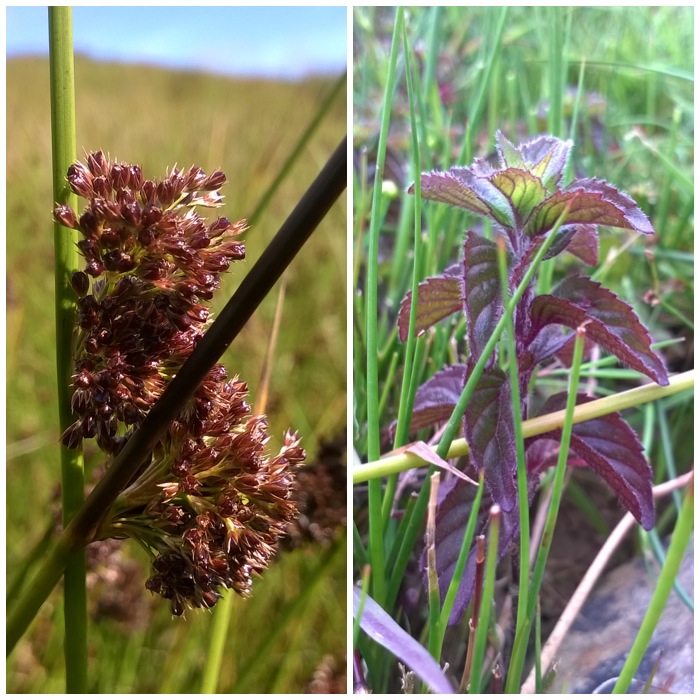
The Brambles (top) I spotted in mid July were just starting to ripen their Blackberries. Is it me or are the blackberries very early this year?
I spotted these Bilberries (bottom) while walking with the cadets where the sheep could not get easy access to so we had a bit of a feast.
Both these fruits make excellent puddings and jams.
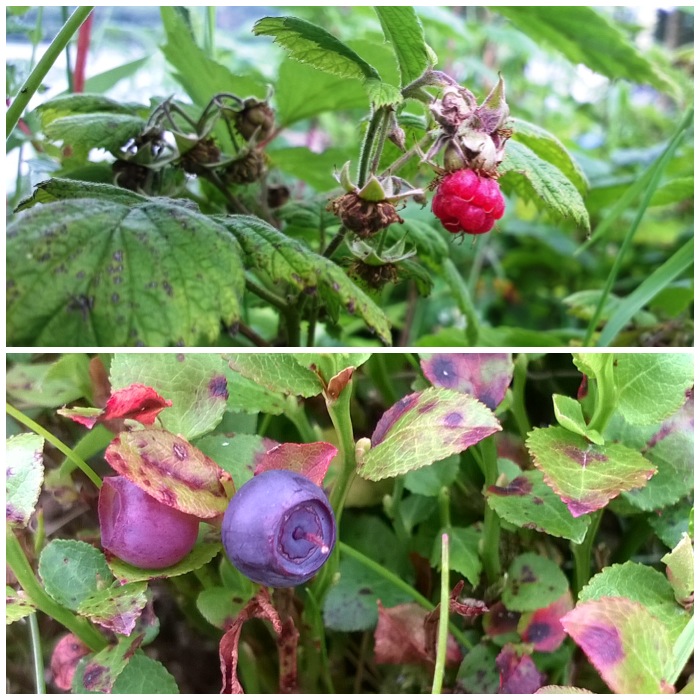
The beautiful Meadowsweet was in full bloom in July and was growing abundantly in the low lying areas around the hills where it had plenty of light and water. This was one of the plants sacred to Druids and was a plant that Bayer used as one of the key ingredients when developing aspirin in the 19th century. It gives off a lovely aroma and was traditionally used in the home to cover up bad smells.
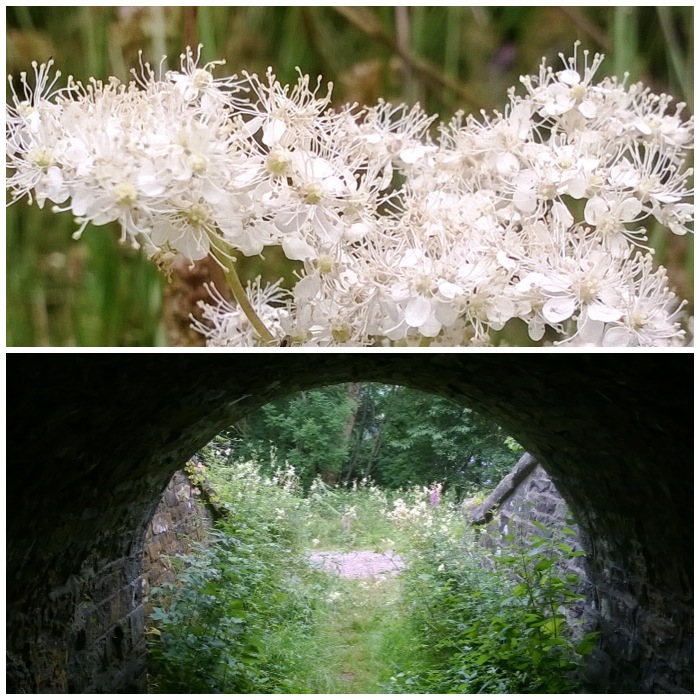
On the left you can see the Common Spotted Orchid. I came across this beautiful flower in the hills but on the steep grassy slope by a river where the soil was not too acidic. A common ingredient in love potions all over the world I am told.
At the top right is the tiny Wild Thyme, a plant I got confused with Self Heal for a long time. As a medicinal plant it was used as a sedative and was good for hangovers.
The Red Clover in the bottom right is a little flower spotted all the time by most people but at this time you can see that it has opened up slightly. This little fella I can remember as a kid providing me with a shot of nectar. It is also loved by farmers as a nitrogen rich fertiliser or as a feed for animals
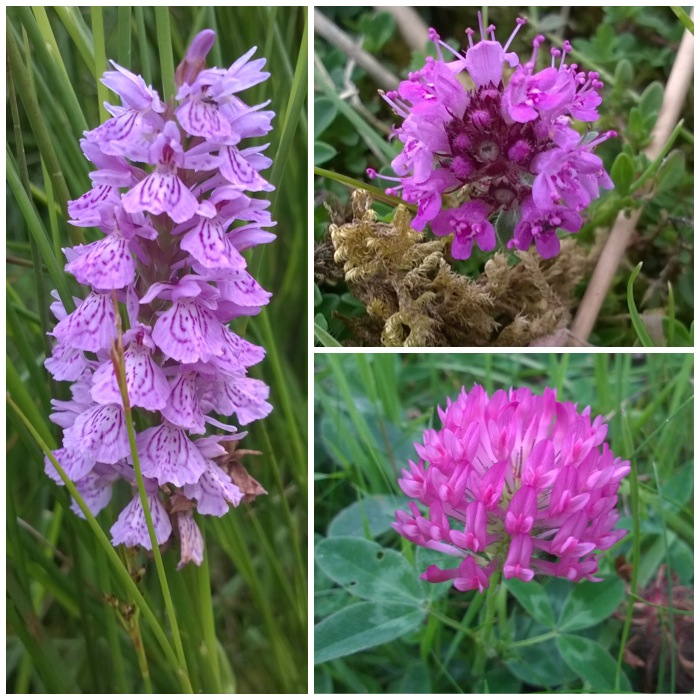
I did not see a great deal of the Bell Heather (top left) as it does not like the soil to be to acidic so it can be an indicator of drier ground. Traditionally this plant has been used in the making of ropes and baskets due to its long fibrous stems.
The Marsh Thistle (bottom left) as you can see by the insect feeding on it is a good source of food for many different types of insects. The young shoots are quite tasty too.
On the right is the majestic Foxglove. I did not spot too many high up in the hills but found a few in some of the more protected gulleys. A poisonous plant but one I remember playing finger puppets with as a child. As I know it is poisonous now as a father I do not let my kids go anywhere near it.
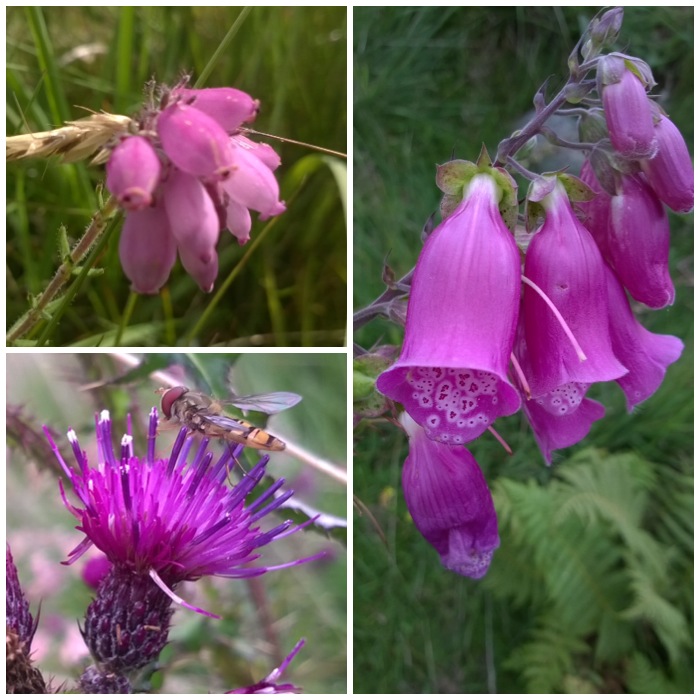
The Meadow Crane’s Bill (top left) named after the fruiting body it grows that resembles a Cranes beak. This is another medicinal plant used historically for treating wounds and nowadays for treating diarrhoea and also as a gargle.
Bottom left is the tiny Self Heal. Another plant that is easily missed but was once seen as the woodmans friend and used to treat small cuts they got from their tools.
On the right is the tall and slender Great Burnet. I found this one in only one spot on my trip near a railway line and nearly walked past it. I like to nibble the young leaves. It’s other name is Burnip due to its ability to help treat burns.
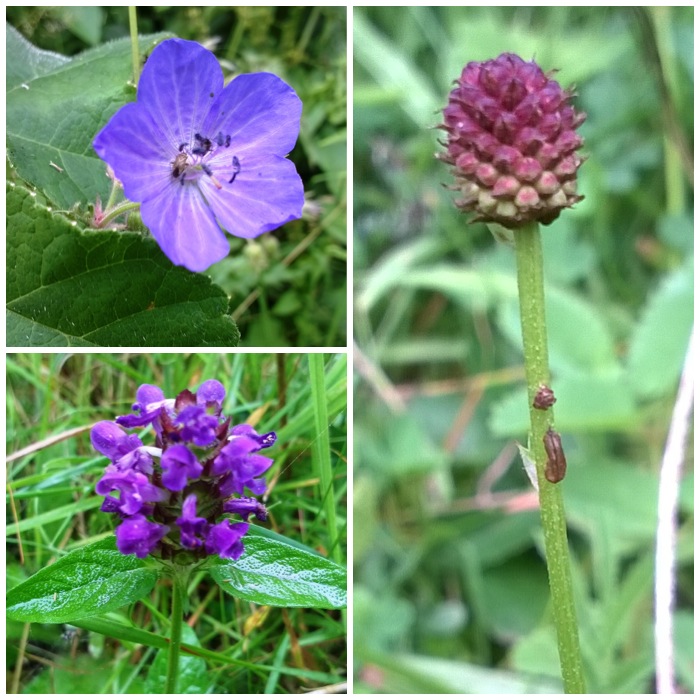
On the left is the well known medicinal plant Yarrow. This tough plant was growing all over the lower slopes. Up high you still saw the odd one but hugging the earth very closely. I remember being on a Bushcraft course, having a cold and being given Yarrow tea laced with honey. That cold did not hang around as it normally would do with me.
I think the yellow flower on the right is a Hawkbit. These little yellow flowers are difficult to identify correctly if you do not look closely at the leaves. I forgot to do this but I think it is a Hawkbit. The genus of this plant is Leontodon which translates to Lions Tooth – referring to the squared of but toothed tips of the flower.
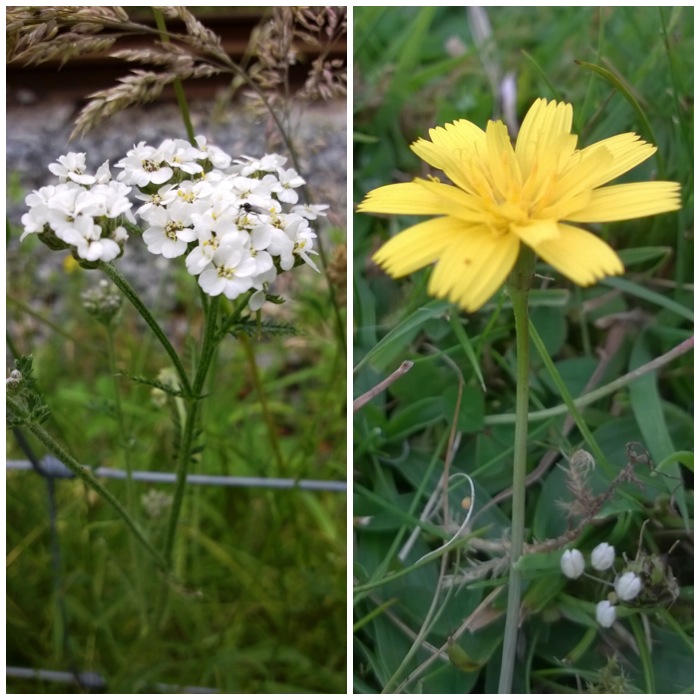
My last picture I included as I came across a lot of logging in the lower slopes of the hills. It is Larch I think and I really liked the contrast between the young green growth, the growing cones and the sharpness of the stump left by the loggers.
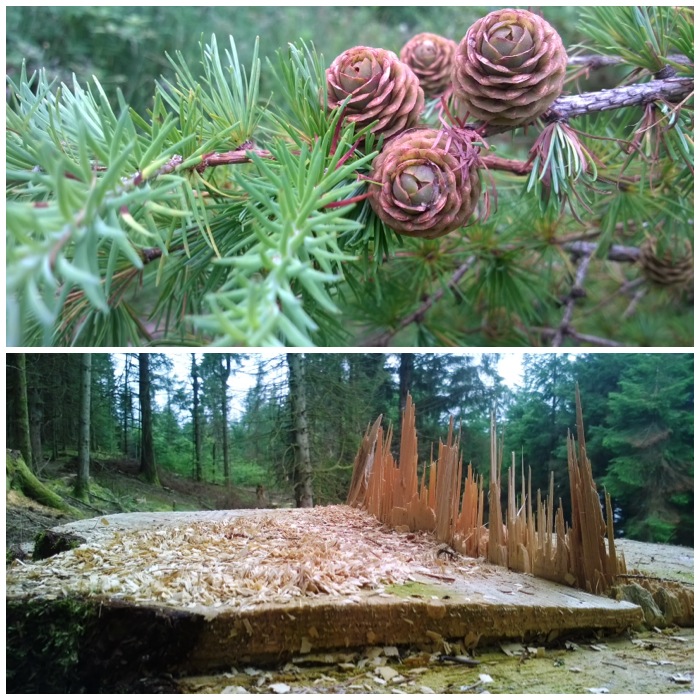
I really enjoyed spotting and photographing these plants (I had to climb down into some steep gullies) however please let me know if you think I have identified any of them incorrectly.
Cheers
George
